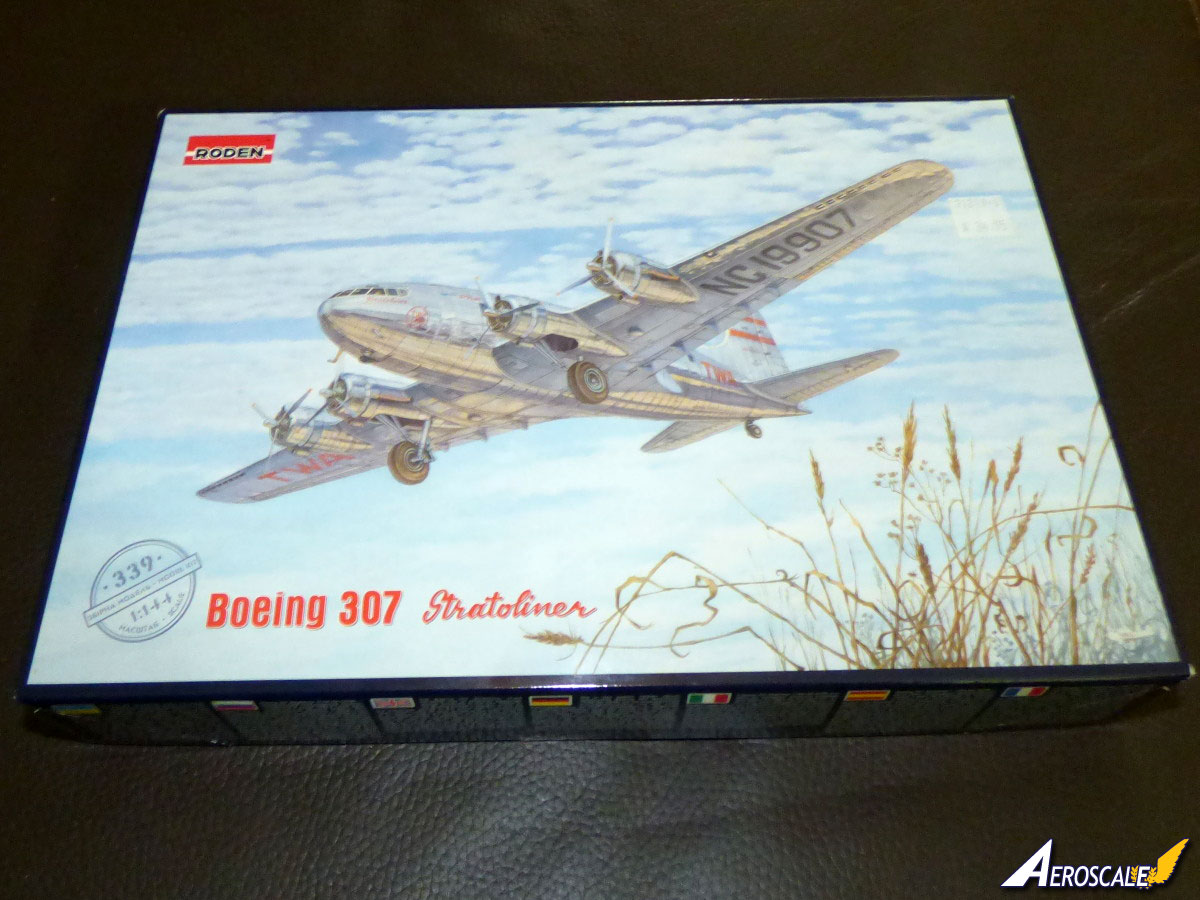Quoted Text
Jessie,
I think that photo you posted as one of TWA's 307B's is not correct, as IIRC, the four TWA remanufactured examples had wings, engines cowlings, and horizontal stabilizers from a B-17G fitted, and the airplane in the photo has the early stabilizers, cowlings, and wings. The B-17G wings had a different flap arrangement than the ones on the 307A's, but the original outer wings were refitted to the 307B's, which is why you still see the letterbox slots, which were not a fixture on B-17E/F/G wings.
Mike
That's correct, but look closely at the tailplanes, then compare to
this early 307 (in fact, the prototype with the smaller fin). Note the much pointier tailplane tips and shorter span. The TWA aircraft does indeed have B-17G tail surfaces in that photo.
This one clearly has the B-17G flaps (no more hinge fairings) and you can see that the carburettor intakes are the same as the photo I identified as a -307B in the article.
This image is small but the broad tailplane tips, no flap hinges, and the carburettor intakes make it clear that it's a 307B.
It's very difficult to find images online which are definitively post-war, but those 3 definitely are.
By contrast,
this one's definitely pre-war. The image quality is poor, but look carefully at the fairings on the outboard portions of the stabilisers. They're not visible on any 307B because the B-17G stabilisers didn't have them.
I think that it's the camera angle in the photo which is foreshortening the stabiliser, making it appear shorter than it actually is.














